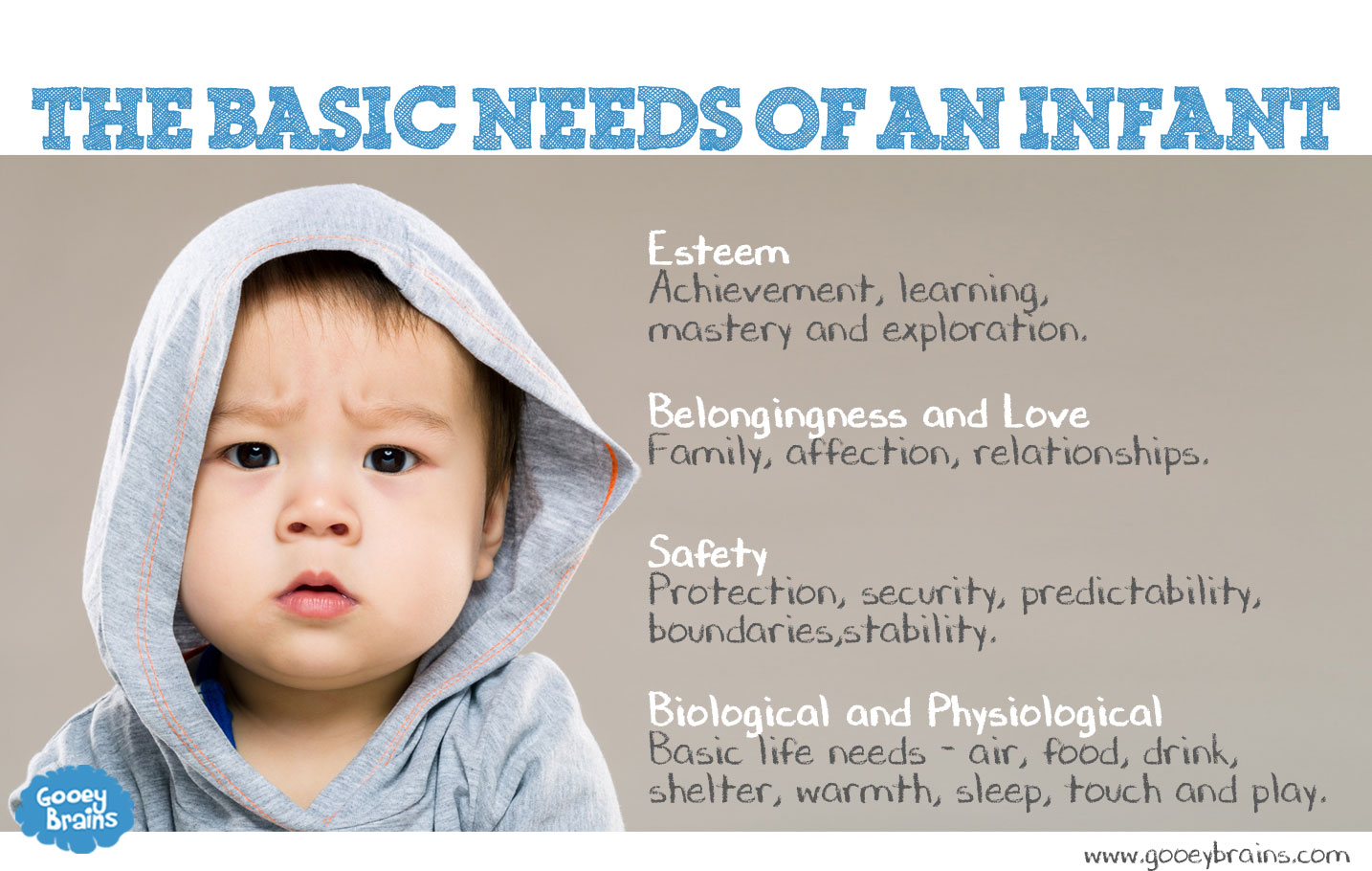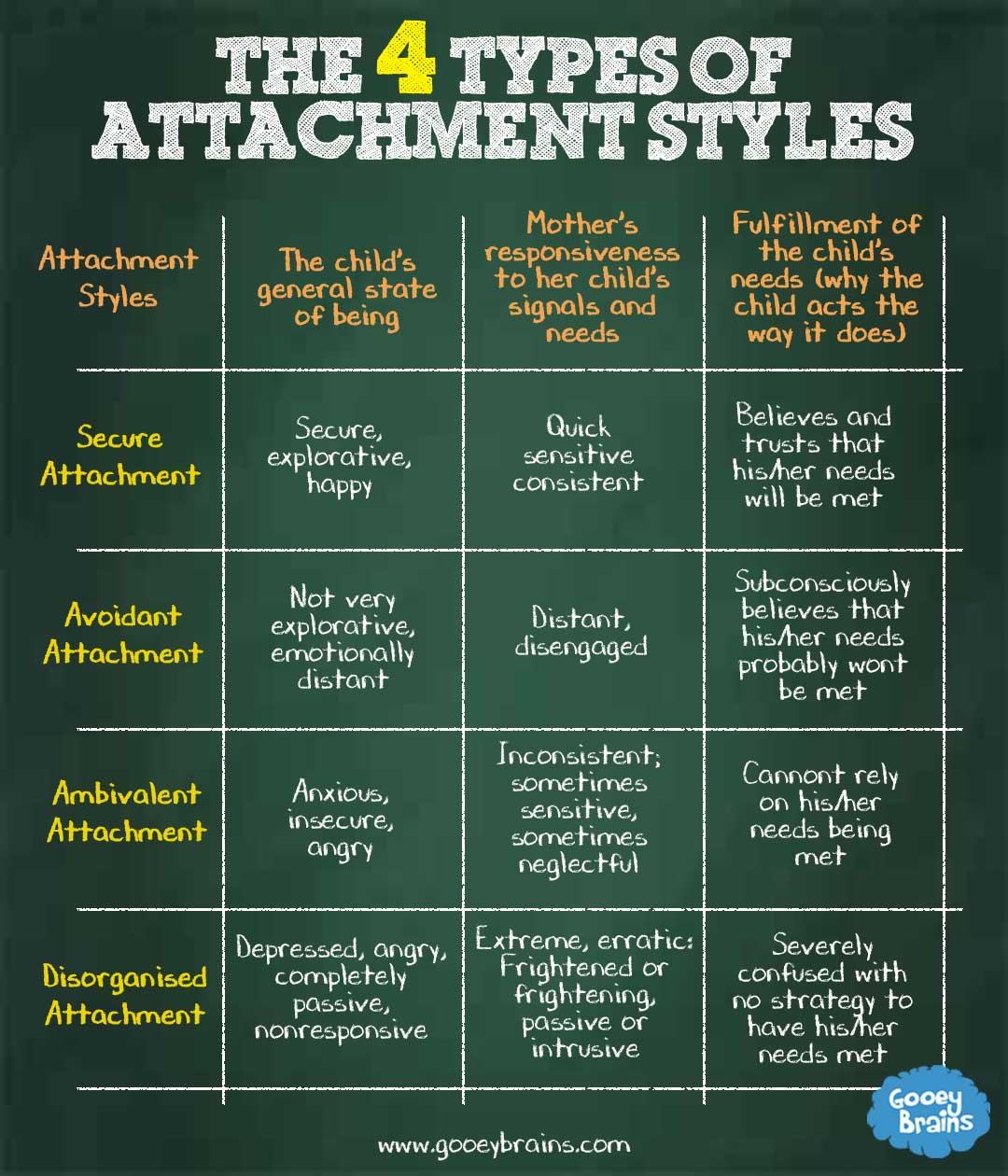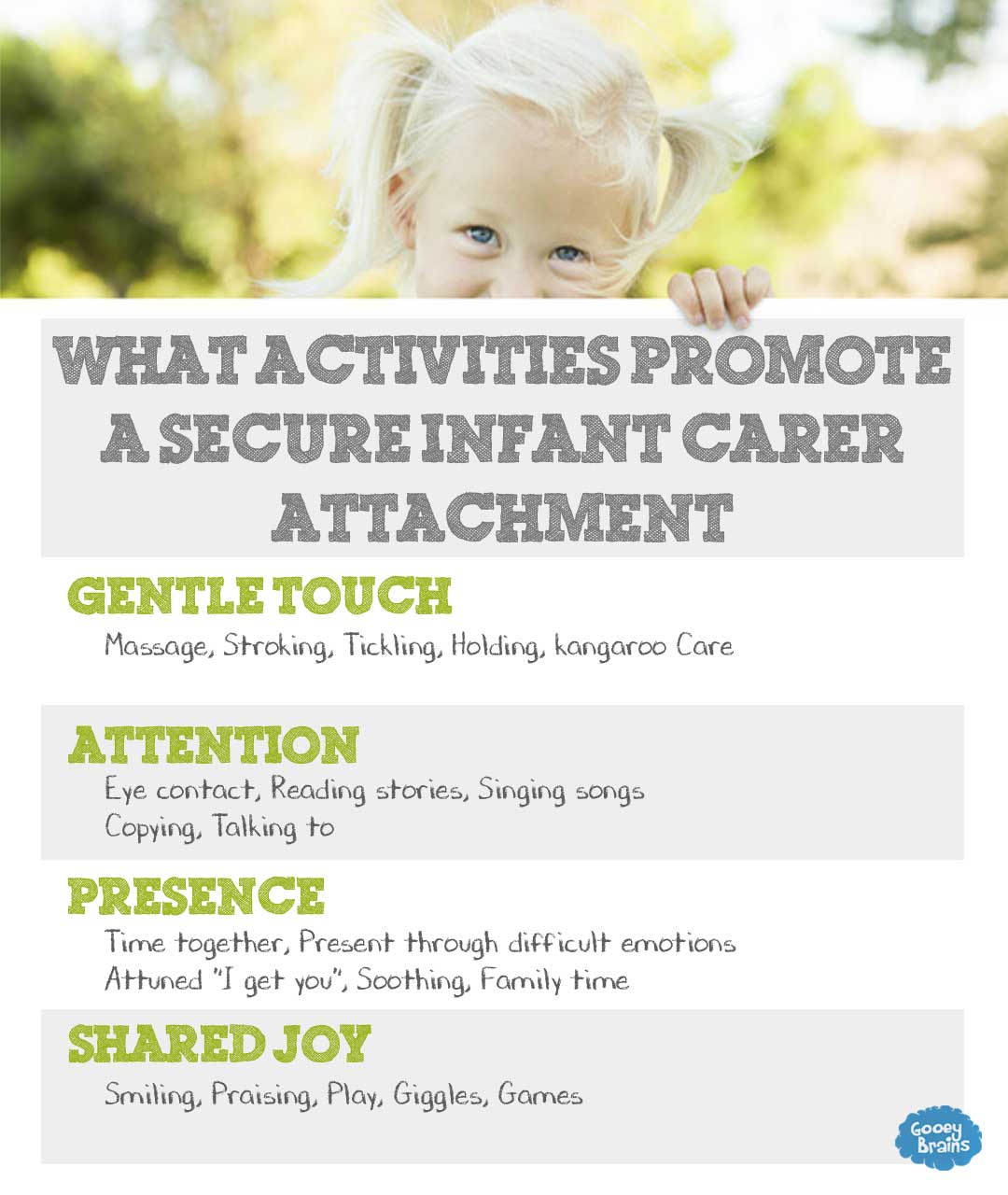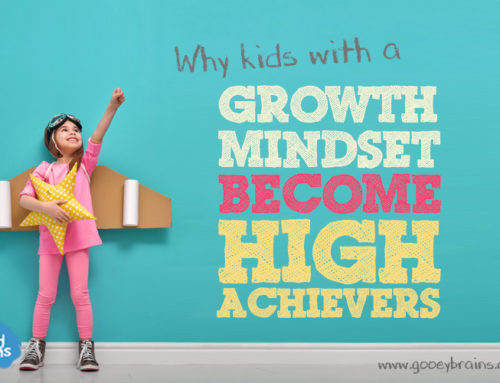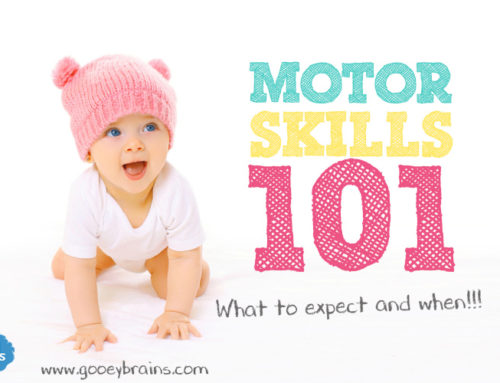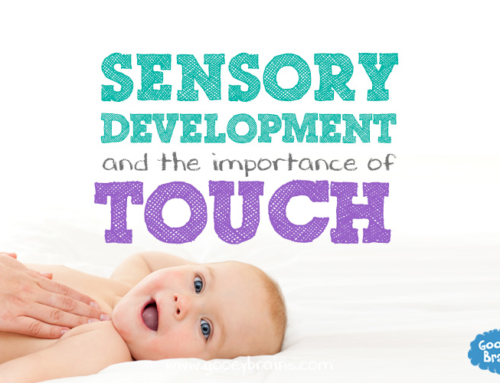The bond that a caregiver establishes with a child is really important for their development. In fact, we believe that a secure infant attachment is one of the most important factors in child development. This bond helps both the child and the caregiver in many ways. It is the building block to many social, emotional, behavioural and cognitive skills. In this article we will explain how a good child-caregiver bond shapes the developing brain. We will describe what a caregiver needs to do in order to create healthy attachment bonds. There are practical games and activities that you can integrate into your home or school to assist in this process, so we hope that you enjoy reading about their enormous benefit to our kids!
Did you know that the relationship an infant has with their caregiver helps to shape their brain development?
Kids brains are growing at a really fast rate between the ages of 0 and 3 years. The skills that they are quickly developing at this time are the foundation of their later psychological and emotional health. One way that you can help children is to reflect on the relationship that the baby or child has with its caregiver. This is a super important factor in child development. The bond is built upon the interactions shared between an infant and adult. Developmental psychiatrist Louise Newman reports that these relationships potentially have longer term effects on the social, psychological and neural development of the child.
So, we know that young brains are gooey. They change based on the experiences that the child encounters. One of the most important experiences for children is the quality and nature of their relationships. This is called ‘attachment’. We don’t talk about children as being attached or ‘unattached’. Instead we look at what type of attachment the child shares with its caregiver by looking at the child’s behaviours and the type of interactions it has with the adult. Good (secure) attachments arise from quality interactions between a child and their caregiver.
What helps to create a good infant-carer relationship?
When we talk about the quality of a relationship, you might wonder what this actually means! There are several things that an infant needs and enjoys in a great relationship.
– They like to be physically close to their caregiver, and maintain contact with them (touch).
– They like to be comforted
– They like to feel secure and safe (not afraid or threatened)
– They like for the carer to relieve their stress and emotional distress (soothed)
– They like to have the caregivers attention
– They like to be interacted with
– They like a sensitive and warm caregiver
– They like to feel understood (this is called attunement)
But, more than anything, a child needs to be able to trust that the adult will take care of its most basic needs. This helps the baby to survive and thrive! So, its really important that the caregiver quickly and consistently responds to the survival needs of the baby such as safety, food, sleep, warmth, and shelter.
What are the four attachment styles?
-
Secure Attachment:
-
Avoidant Attachment:
-
Ambivalent Attachment:
-
Disorganised Attachment:
Do I need to learn how to parent perfectly in order promote a secure attachment with my infant?
Good enough parents do not strive to be perfect parents and do not expect perfection from their children. – Peter Gray PhD
- Don’t worry about imperfections too much
- Recognise that you wont always succeed. In fact, failure can be the most powerful learning tool.
- Recognise that love can incorporate annoyance, discouragement, disappointment and other negative feelings. It’s okay to acknowledge and accept negative emotions.
- Respect your kids and understand them for who they really are (unconditional positive regard).
-
Don’t argue with your kids or expect them to be able to give adult reasons for their behaviours.
-
Assist to solve problems and not exaggerate them
-
Be more concerned for their experience of childhood than with their future as an adult.
- Provide the help that your children need and want, but not more than they need or want.
- Don’t blindly follow the advice of “experts” or the latest parenting fads, or what other people think.
-
Use your confidence to be calm and patient, and less anxious.
-
And remember that children feel a sense of safety and security when they are around an adult who is bigger than them, stronger than them, wiser than them and kind to them.And, above all, try your best to respond quickly and consistently to the infants basic needs.
What are the benefits of a secure infant attachment?
- Good emotional health: Kids with a secure attachment also have a mature limbic system. This part of the brain supports emotional regulation, learning, and adapting to changing environments. These kids have learned how to deal with difficult emotions and how to self soothe. They often experience less frustration and aggression.
- Good relationships: Infants who have a secure attachment have learned that when they need an adult, that adult will consistently be there for them. This allows them to establish trust in people and their greater world. This trust will help the child to establish friendships easier, be more social and to engage appropriately with strangers. They have even found to be better at resolving conflict.
- More independence: Due to their established sense of trust, kids with a secure attachment show the self-confidence to explore and master new skills. They will more easily establish independence. They are curious and selk help where it is needed. Later in life they may be less affected by peer pressure.
- Easier to cope with stress: Securely attached infants show more resilience when faced with stressful situations, and better ability to regulate stress.
- Good rule followers: Toddlers with a secure attachment are described as more cooperative and compliant.



